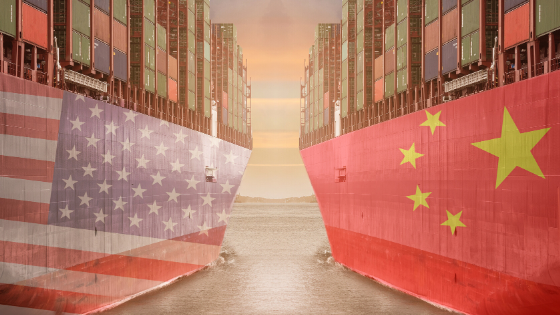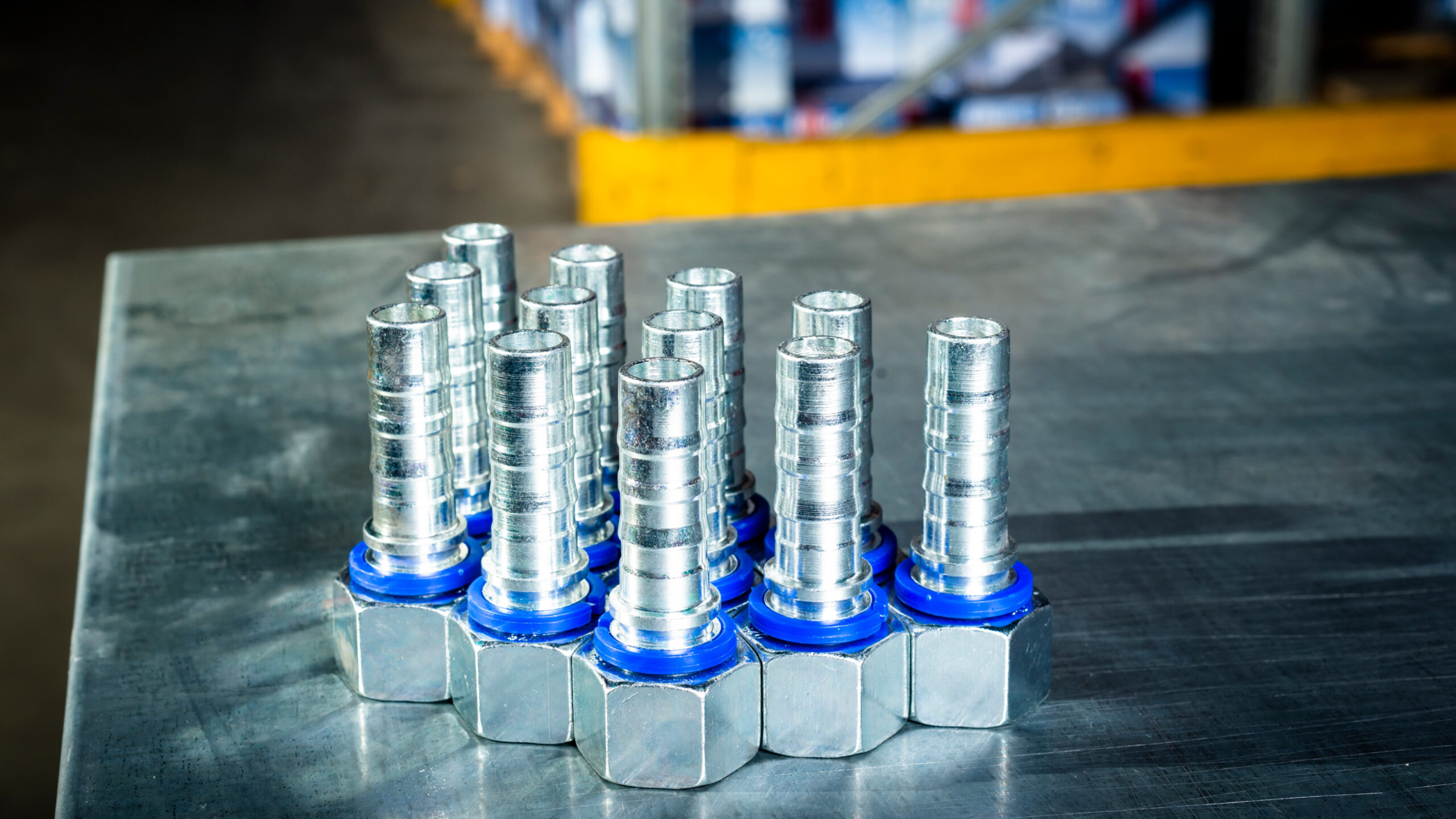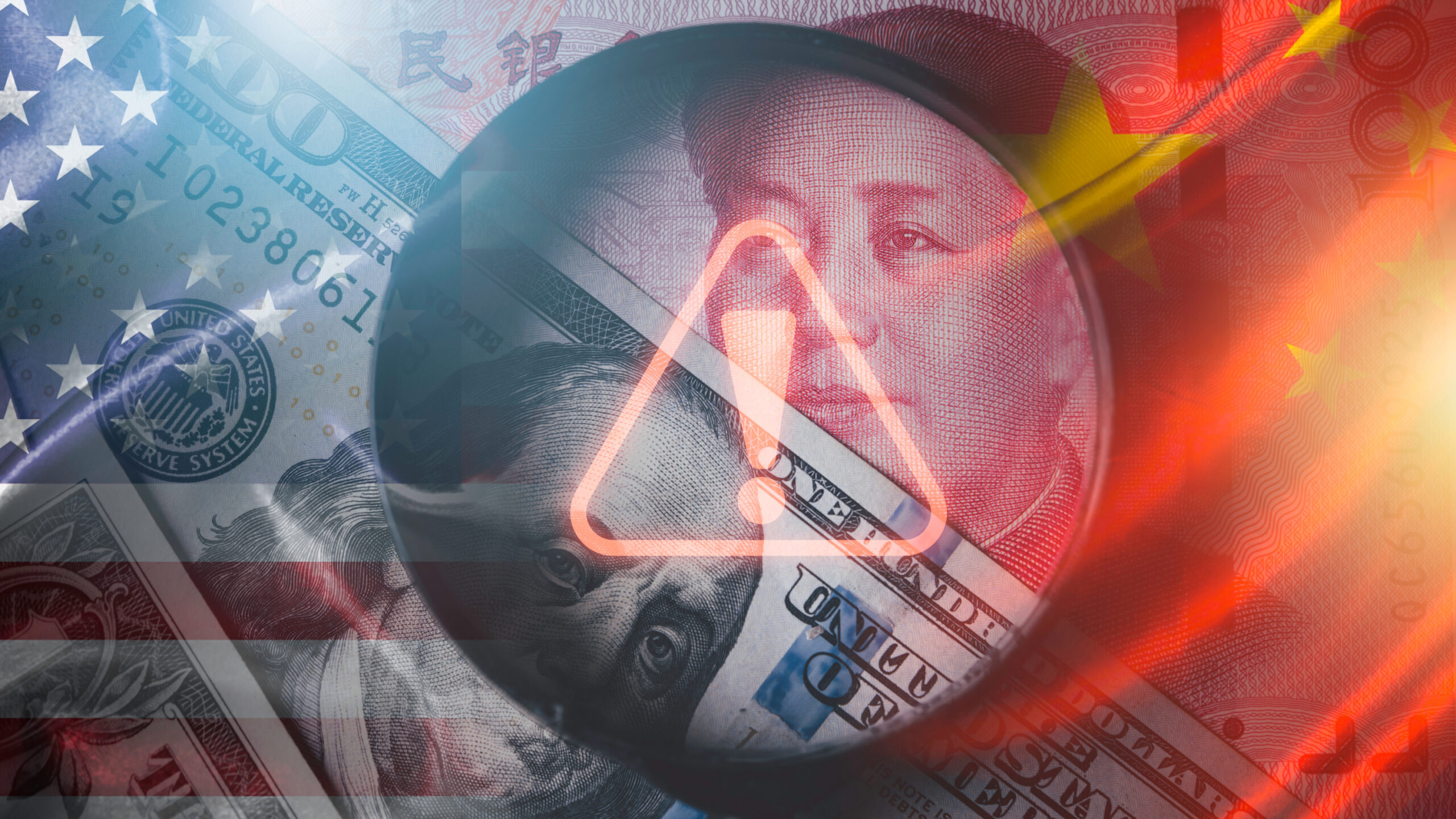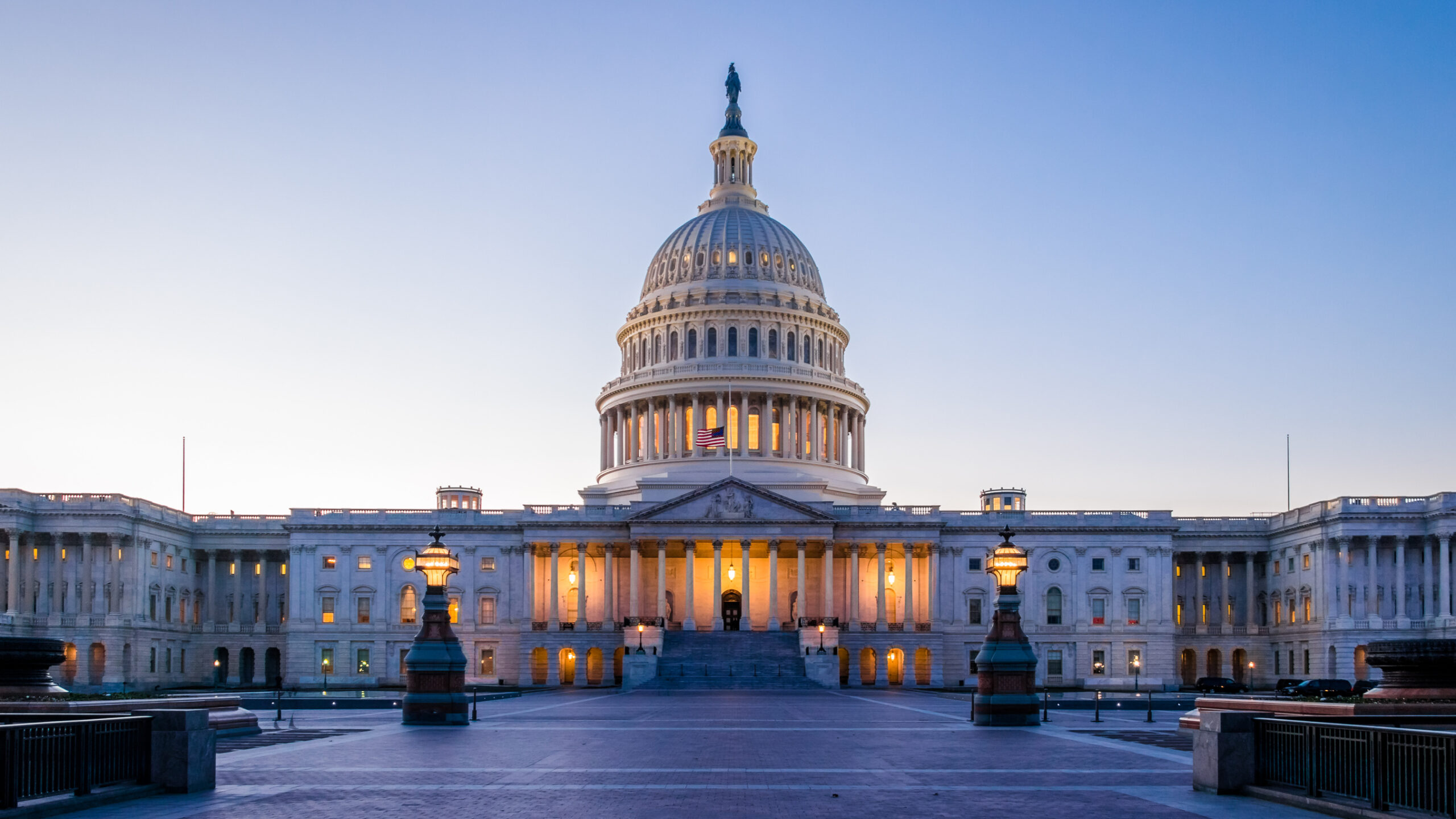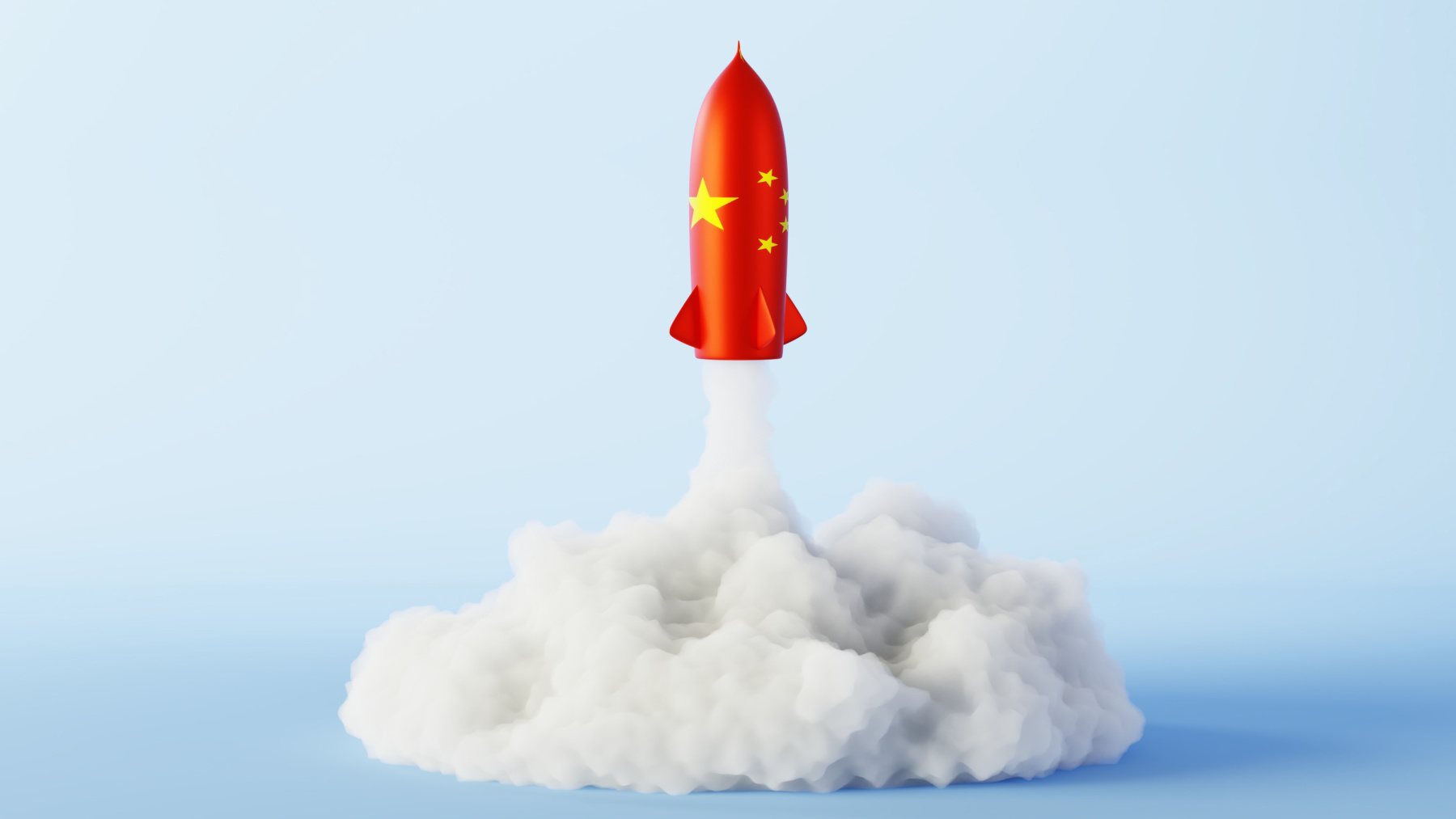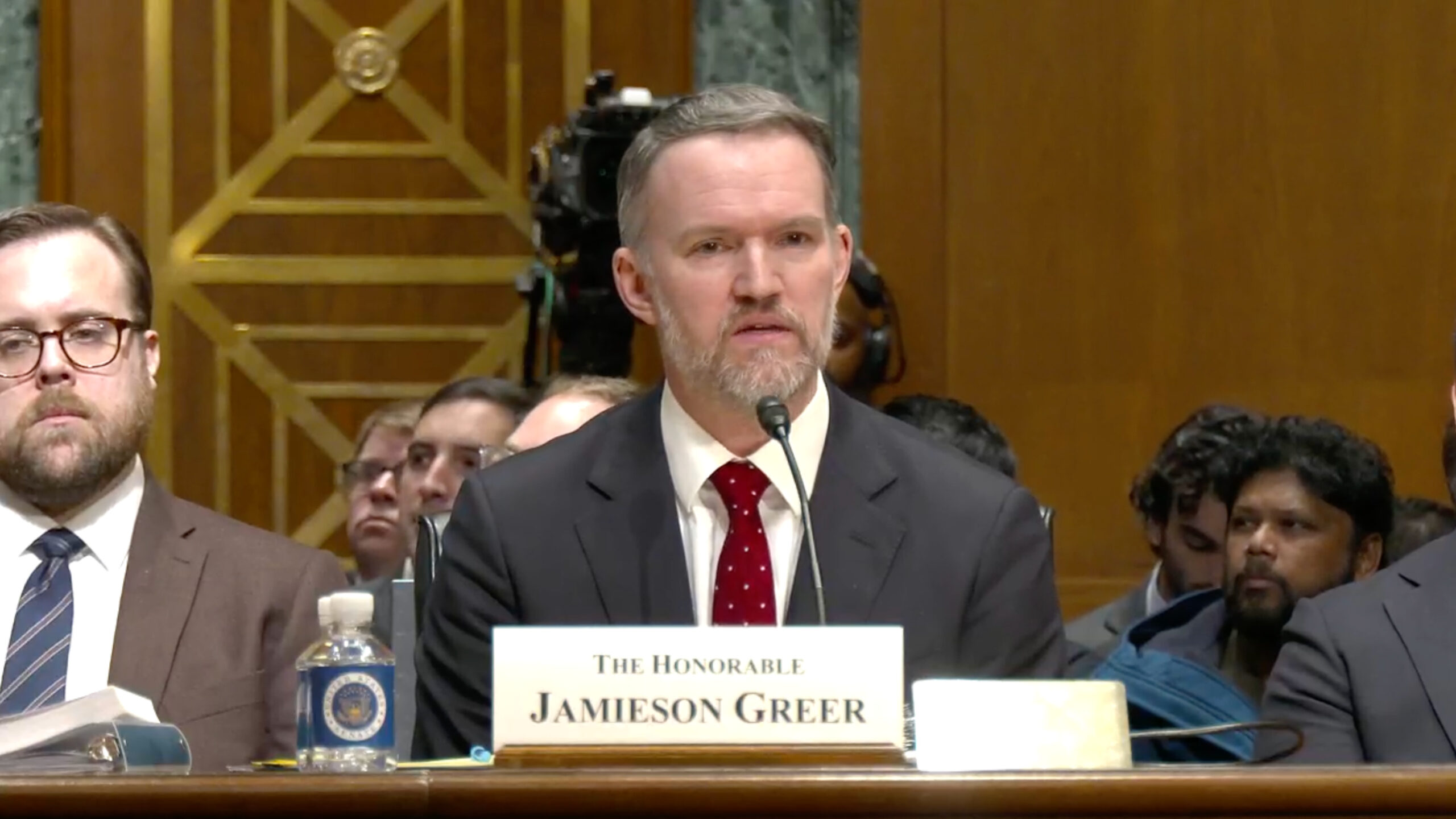Editors Note: 1. Need tariffs permanent. Lots of manufacturers investing now, but will get killed by Chinese if tariffs go away. 2. Tariff reduction reciprocity is fake reciprocity given the IP theft, economy wide subsidies via renmimbi printing, other trade barriers. We don’t have those barriers. Just like past unilateral trade disarmament, we reduce tariffs, they might reduce tariffs, but they have many other barriers in place.
Beijing usually doesn’t describe how much progress has been made on trade talks, but officials depict a phasing out of tariffs as a hard-won result
[Grace Zhu and Chao Deng | November 7, 2019 | WSJ]
“If the phase-one deal is signed, China and the U.S. should remove the same proportion of tariffs simultaneously based on the content of the deal,” spokesman Gao Feng said at a regular press briefing Thursday. “This is what [the two sides] agreed on following careful and constructive negotiations over the past two weeks,” he said.
Beijing has typically declined to characterize the amount of progress on trade talks, but the officials on Thursday depicted a phasing out of tariffs as a hard-won result. What’s unclear is whether what the Chinese officials described can be considered a compliance mechanism, as the White House has said it demands.
As of Thursday evening Beijing time, the White House and U.S. Trade Representative had yet to respond to the Chinese side’s announcement.
Throughout the trade dispute, Beijing has pressed the U.S. to remove all tariffs, describing that as one of its bottom lines when talks fell apart earlier this year. By contrast, President Trump has expanded and increased tariffs on Chinese imports to pressure Beijing into complying with U.S. demands. Last month, he agreed to cancel higher tariffs on a portion of Chinese goods that were about to go into effect—not lower them.
Phasing out tariffs could be a face-saving way for Washington to claim it has worked out a system to get China to comply with terms in a potential agreement. The Wall Street Journal reported this week that U.S. and Chinese officials were considering rolling back some tariffs to clinch a partial deal.
The U.S.’s top trade negotiator, Robert Lighthizer, has pushed—so far unsuccessfully—to get Beijing to let the U.S. establish enforcement offices as part of a potential trade deal. When the U.S. announced in October that the two sides would try to resolve the trade dispute in stages, Mr. Lighthizer said the two sides agreed to have a “workable dispute settlement mechanism” and that it was “the final issue that we’re putting together.”
The Commerce Ministry’s Mr. Gao reiterated China’s longtime stance that the U.S. is the instigator of the dispute and should take responsibility in de-escalating tensions: “The trade war started with increasing tariffs and should end in removing all tariffs,” he said.
With President Trump open to clinching an interim deal, Beijing negotiators have pushed hard to extract concessions from their counterparts. The phase-one deal is widely expected to deter Mr. Trump from imposing brand-new tariffs on Dec. 15 as planned.
“There are some indications that the Trump administration may be getting desperate,” said Nick Marro, a trade analyst at the Economist Intelligence Unit. “China may pick up on this and start playing hardball, because they know that—at least politically—they have the upper hand.”
In Beijing, people following the talks say it makes sense for Chinese negotiators not to give in to U.S. demands, including that China buy about $50 billion of American farm goods within two years.
“It’s huge. Does China even have this big of a demand?” said Shi Yinhong, international studies professor at Renmin University and an adviser to the State Council, China’s cabinet.
Mr. Shi explained that an agreement would only be long-lasting if the terms were clear and both sides could fulfill them in practice. He expressed skepticism that negotiators had completed terms for a phase-one deal: U.S. deliberations on rolling back existing tariffs, for example, are probably an effort to extract additional concessions from Beijing, he said.
At a conference in Beijing last weekend, several Chinese speakers, including former government officials, said they expect disputes between the U.S. and China to stretch on for decades, whatever the prospects for a near-term agreement.
“The frictions are not just about trade,” said Liu Shijin, deputy director of economic affairs at China’s legislative body. “A lot of areas [for disagreement] haven’t even started yet.”
Read the original article here.
Leave your thoughts below:



